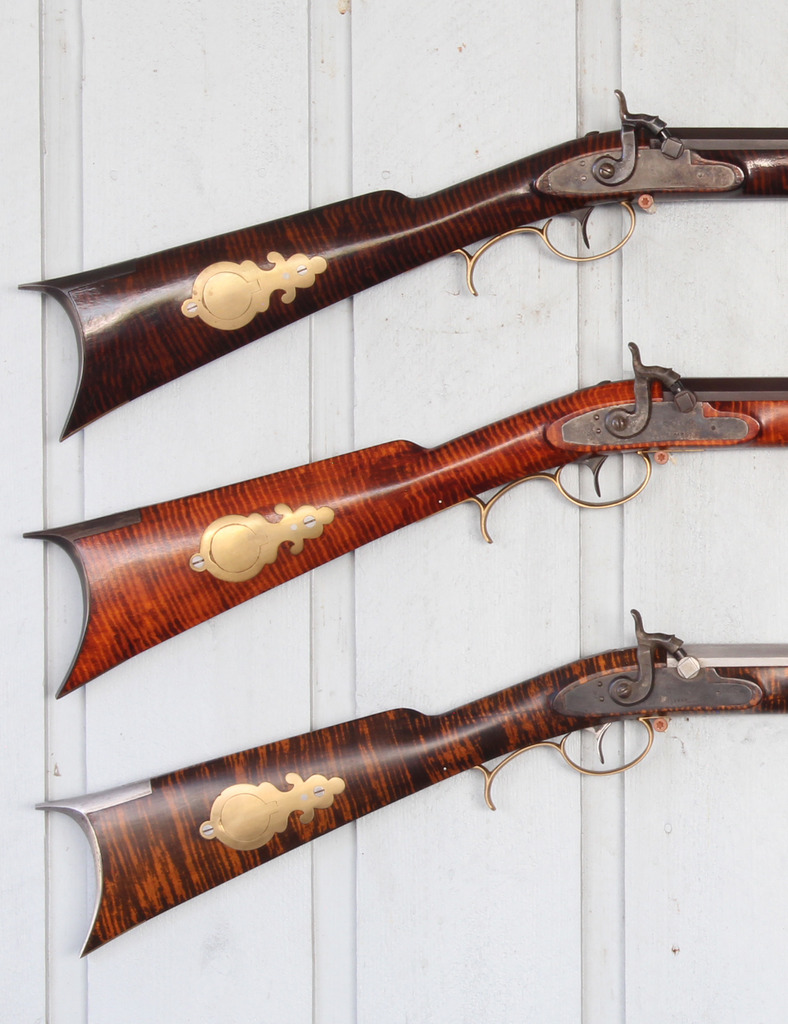Hi,
Ferric nitrate crystals in water and iron dissolved in nitric acid are chemically the same thing. The only difference is the hydrogen ion concentration in the acid produced solution is higher. The earliest references for "aqua fortis" of which I am aware come from about 1200 AD. They are for aqua fortis or "loud water" which meant just nitric acid. Later, aqua fortis came to mean a stain in which iron is dissolved in nitric acid. Nitric acid alone, painted on maple, dried and then blushed will turn the wood orangy-yellow to blushing pink depending on the wood. Those of you who started this game long ago may remember Bill McCory's little book on building a long rifle. He described staining maple using first nitric acid alone to create a reddish undertone and then some other brownish stain on top. That was the method I used for years until I was not in a place (Alaska) where I could get nitric acid easily. That is when I moved on first to aniline dyes and then to ferric nitrate crystals, which I could get shipped with no hazardous material costs and limitations. I use ferric nitrate crystals now to stain maple. Depending on the wood and my concentration, I can create most combinations of reddish brown that I desire. If the particular wood does not give me the reddish tones I want, I first use plain nitric acid and then other colors on top. I test wood from every stock I make first and decide the treatment depending on my results and objectives. I don't know how Wahkon Bay makes their "aqua fortis" but I suspect Mt. Meek was comparing just nitric acid with any ferric nitrate solution whether produced from crystals or by adding iron to acid (what most of you call aqua fortis).
dave


